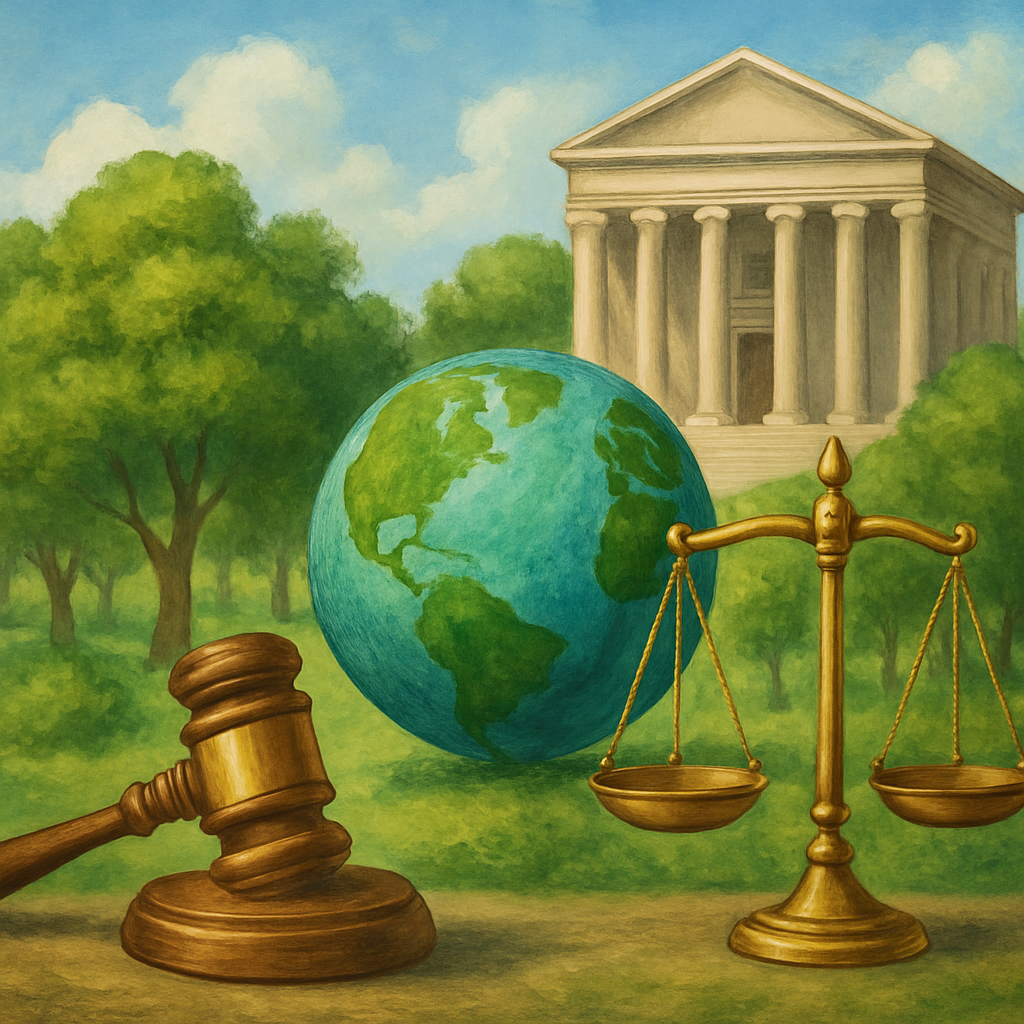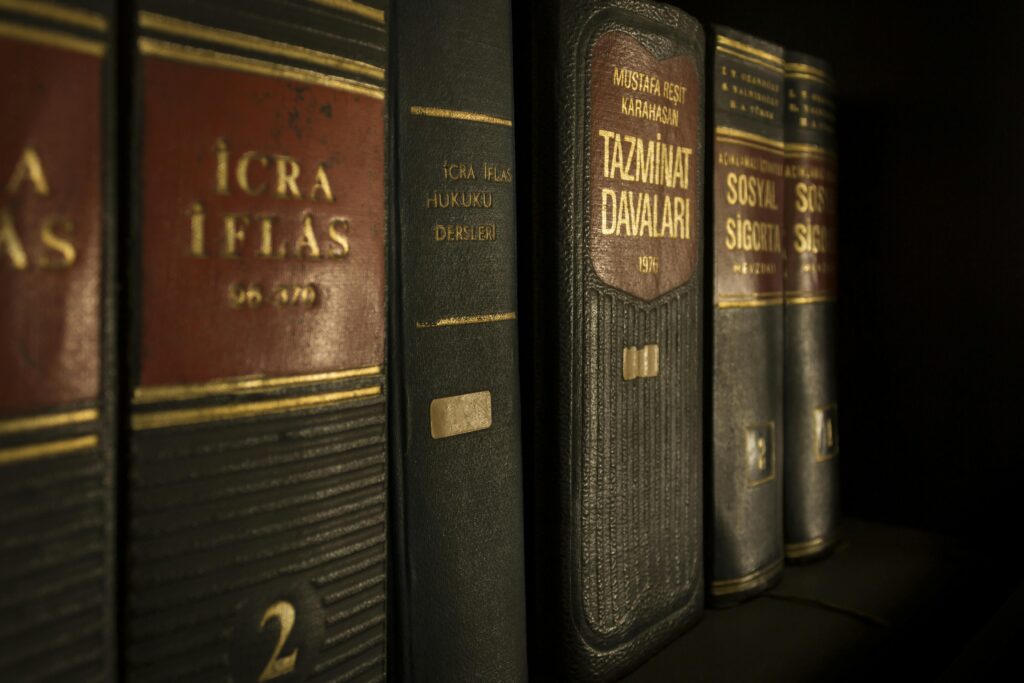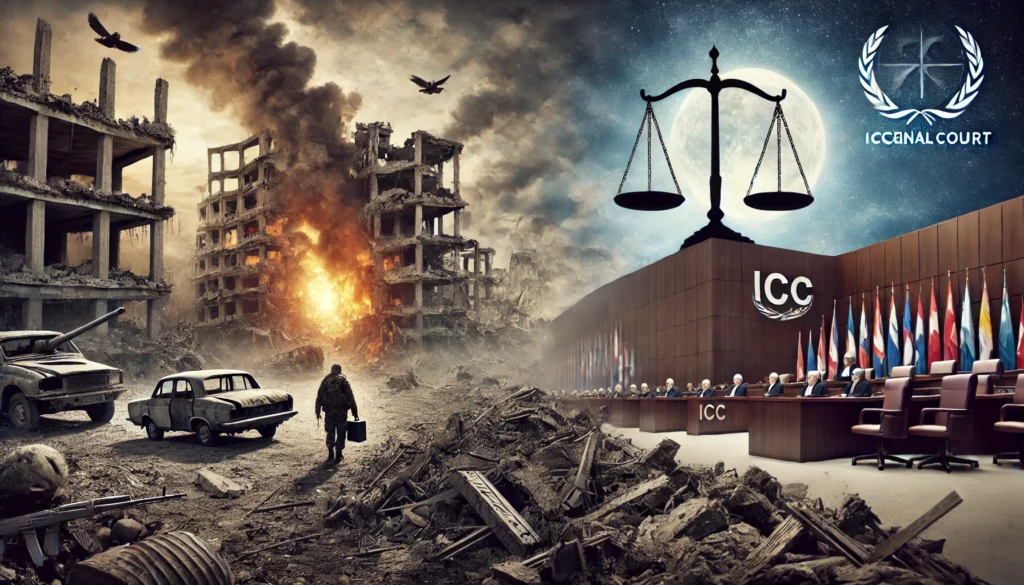Published On: 18th February, 2024
Authored By: Sneh Singh
Babasaheb Bhimrao Ambedkar University (A Central University), Lucknow
Indian Young Lawyers Association vs. The State of Kerala (2019) 11 SCC 1 {The Sabarimala Temple Case}
BACKGROUND:
The Sabarimala Temple is situated in Kerala’s Periyar Tiger Reserve. Devotees of the temple are required to abstain from material possessions for 41 days as part of a unique rite. Devotees claim that Lord Ayyappa is single. To preserve the deity’s chastity, women who were of childbearing age were forbidden from entering the shrine.
The Kerala High Court heard the initial challenge to this. In the Travancore case of S. Mahendran v. The Secretary, the court determined that the exclusion was both constitutional and appropriate.
The Indian Young Lawyers Association challenged the Sabarimala Temple’s ban on women in a public interest lawsuit that was filed with the Supreme Court in 2006. They argued in their PIL that the practice is unlawful since it contravenes both Article 25—Freedom of Religion of Women and Article 14—Right to Equality.
The parties received notices from the Supreme Court on August 18, 2006. The case was sent to a three-judge bench on March 7, 2008. The case was reheard on January 11, 2016, which was seven years later. The Court indicated on February 20, 2017, that it would like to send the case to a Constitution Bench. On October 13, 2017, a five-judge Constitution Bench was finally directed to render a decision in the case by the three-judge bench, which was made up of Chief Justice Dipak Misra, Justices R. Banumathi and Ashok Bhushan.
FACTS:
In the matter of Indian Young Lawyers Association and Others vs. State of Kerala and Others ((2017) 10 SCC 689), a three-judge bench of the Supreme Court referred this case. The issue revolved around the Sabarimala shrine in Kerala, which is a Hindu temple devoted to God Ayyappan. ladies of menstrual age, i.e. between 10 and 50 years old, were not allowed to visit the temple since the temple was dedicated to a celibate God, and it was believed that ladies of menstruating age would be an affront to the Temple’s virtue of celibacy.
This exclusion was justified by ancient custom, which was legitimized by Rule 3(b) of the KHPW Act. Rule 3(b) provides for the exclusion of “women during such time as they are not permitted by custom and usage to enter a place of public worship.”
In the matter of S. Mahendran vs. The Secretary, Travancore Devaswom Board, Thiruvananthapuram and Ors (AIR 1993 Ker. 42), the Kerala High Court ruled that such a restriction did not violate women’s basic rights under the Constitution. The case was eventually heard by a Supreme Court Constitution Bench.
MAIN ISSUES:
- Whether an exclusionary practice based on a biological feature unique to the female gender constituted “discrimination” and so violated Articles 14, 15, and 17, without being covered by “morality” as defined in Articles 25 and 26 of the Constitution;
- Whether the practice of barring such women constituted an “essential religious practice” under Article 25, and if a religious organization could raise such a claim under the umbrella of the right to control its own affairs in religious matters;
- Whether the Ayyappa Temple had a denominational character, and if so, was it permissible for a ‘religious denomination’ managed by a statutory board and funded by the Consolidated Fund of Kerala and Tamil Nadu to violate constitutional morality; and
- Whether Rule 3(b) of the KHPW Rules, 1965 was ultra vires the KHPW Act, 1965, and, if treated as intra vires, whether it violated Part III of the Constitution.
ARGUMENTS MADE:
Appellant Side:
- The Petitioners argued that Sabarimala temple is not a separate religious denomination because religious rituals at Sabarimala temple during puja and other religious ceremonies are comparable to those at any other Hindu temple.
- They claimed that discrimination in temple admission is not ceremonial in the Hindu religion. Women’s admittance restrictions are not at the heart of Hinduism.
- The Petitioners contended that the mere presence of women cannot invalidate one’s commitment to celibacy. Devotees visit the temple not to take an oath, but to seek Lord Ayyappa’s blessings.
- Petitioners contended that the phrase ‘at any such time’ in Rule 3(b) does not result in the complete exclusion of any woman.
- Petitioners contended that under Article 14, if a law is discriminatory in nature, it must be logical and the difference must be understandable (intelligible differentia). What has been asserted is that the goal is to keep the deity clean, which contradicts the constitutional goal of equality and fraternity.
- The petitioners further claim that the practice itself breaches Article 15(1) of the Constitution, which prohibits discrimination based on gender because menstruation is only experienced by women. The Petitioners claimed that this practice violates Article 25 of the Constitution since Hindu women have the freedom to enter temples open to the public.
Respondent Side:
- The Respondent asserts that Lord Ayyappa is a hypermasculine god deriving from the merger of Shiva and Mohini, two male gods—Mohini being the feminine form of Vishnu. As a result, the Sabarimala Temple is said to portray Naishtika Brahmacharya.
- The Respondent has brought the Court’s attention to the fundamental principles behind the temple’s founding. According to the respondent, Ayyappa had explained how the Sabarimala pilgrimage was to be carried out, stressing the significance of Vrutham, which are unique observances that must be observed in order to achieve spiritual refinement. He also said that as part of the Vruthum’, the pilgrim is required to separate from all family ties for 41 days, during which time either the woman vacates the house or the man lives somewhere else. The Respondent then emphasized that women’s inability to finish the 41-day Vruthum is due to the fact that their periods always fall within that time frame. It is customary for all Hindus that women abstain from temple visits and religious activities during their periods, a practice supported by the basic Tantric text of Kerala Tantra Samuchayam, Chapter 10, Verse II.
- The Respondent has emphasized that the Vruthum is a long-standing tradition and that anyone who is unable to observe it will not be allowed entry into the temple. As a result, women who are menopausal or who have not reached puberty alone are permitted to make the pilgrimage.
- The Respondent has further said that this requirement does not only apply to women; men who are unable to observe the full 41 days of Vruthum because of family losses or births are also prohibited from going on pilgrimages.
- The Respondent calls the Court’s attention to the fact that both religious traditions and Ayurvedic traditional medicine view the menstrual cycle as a time for women to rest and a time when their bodies are unclean. Women also experience a number of discomforts during this time, making it impossible for them to observe strict spiritual discipline for 41 days. Respondent No. 4 has further said that young women are prohibited from participating in the Sabarimala pilgrimage for the benefit of those who observe celibacy.
- The Respondent argued that the ban is merely a necessary component of the fundamental spiritual discipline associated with this specific pilgrimage and not a form of social discrimination.
JUDGEMENT:
The Supreme Court ruled in a 4:1 decision that the limits on the admittance of women aged 10 to 50 into the Sabarimala temple were unconstitutional and invalidated Rule 3(b) of the KHPW Act. The Court also issued instructions to ensure the safety of female pilgrims entering the temple.
The majority held that devotees of Lord Ayyappa did not constitute a separate religious denomination but were part of the Hindu fold and that the exclusion of women could not be considered an essential religious practice in the absence of scriptural or textual evidence justifying the same.
RATIO DECIDENDI:
On September 28, 2018, the Court issued its decision in this case by a 4:1 majority, ruling that the restrictions on women at Sabarimala Temple are unconstitutional. The majority was comprised of Chief Justice Dipak Misra, Justice R F Nariman, Justice A M Khanwilkar, and Justice D Y Chandrachud. It ruled that the practice breached Articles 14, 15, 19(1), 21, and 25(1), which provide equality, liberty, and religious freedom. Rule 3(b) of the Kerala Hindu Places of Public Worship Act was declared invalid.
Justice Indu Malhotra, the only woman on the bench, disagreed. She stated that the Court should not normally intervene in matters involving strong religious feelings. The Court should not intervene in this case unless there is any resentment from that sector or faith. The concept of logic should not be applied to religious issues. She further claimed that Article 25 of the Indian Constitution protects the temple and the deity.
CONCLUSION:
The Sabarimala case was a watershed moment in terms of citizens’ religious and emotive beliefs. The 2018 case is notable for sparking important discussions about gender rights, religious customs, and individual liberties. The September 2018 judgment, which deemed the ban on women entering the Sabarimala temple unlawful, provided optimism for gender equality and inclusivity in religious places.
It challenged long-held beliefs and emphasized the necessity of protecting fundamental rights, particularly the right to religious freedom and equality. The significance of the Sabarimala case extends beyond the unique context of Sabarimala to other problems such as Muslim women’s rights to enter mosques, Parsi women’s rights, and the practice of female genital mutilation in the Bohra community. The Sabarimala case has established a precedent for dealing with discriminatory practices, promoting gender equality, and protecting individual rights in the context of religion.
REFERENCES:
- https://blog.finology.in/Legal-news/sabarimala-case
- https://www.scribd.com/document/404285756/Sabrimala-Case-Analysis
- https://privacylibrary.ccgnlud.org/case/indian-young-lawyers-association-and-ors-vs-the-state-of-kerala-and-ors
- https://www.legalserviceindia.com/legal/article-10746-summary-of-sabarimala-temple-case.html
- https://primelegal.in/2022/11/25/the-sabarimala-case-the-supreme-court-of-india/
- https://lordsoflaw.com/an-analysis-of-sabarimala-verdict-case-indian-young-lawyers-association-v-state-of-kerala/




